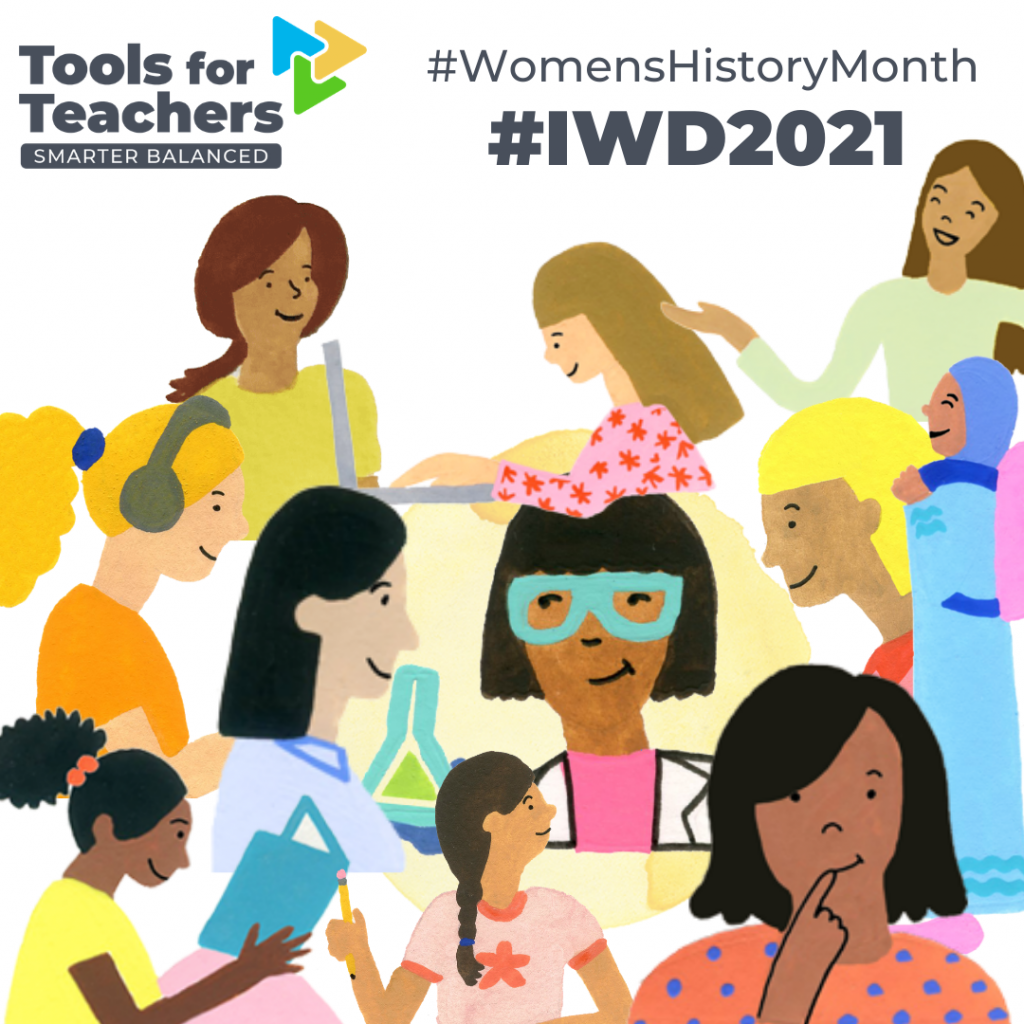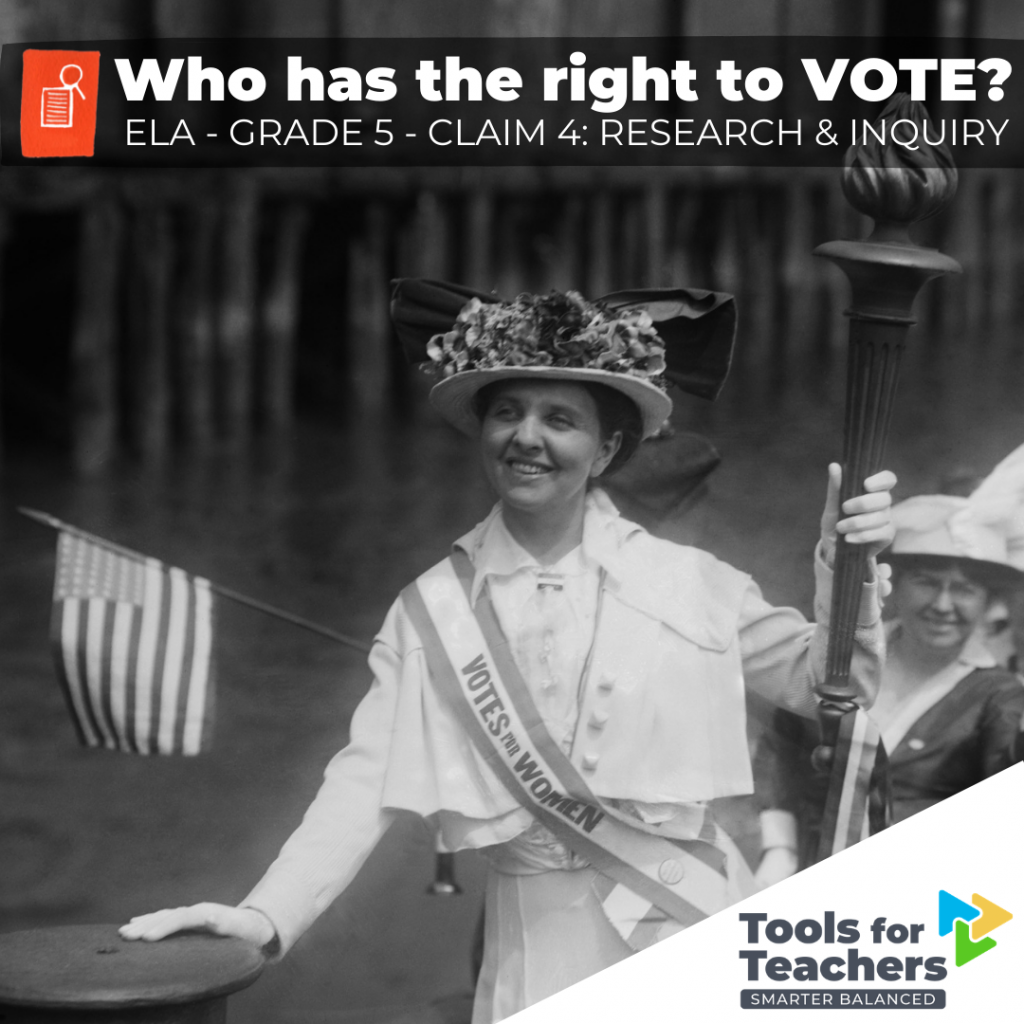Tools for Teachers Lessons Help Celebrate Female Voices
Instructional Resources featuring Women’s History and Female Authors
March 8, 2021 is International Women’s Day (which falls in Women’s History Month) and is a great launching point for highlighting female writers and to explore women’s rights through English Language Arts (ELA) lessons. Here are four Tools for Teachers lessons that include passages by authors who are women or that take a closer look at significant moments in the pursuit of equality. There are many more available in Tools for Teachers–we hope this small sample inspires you to look for more, and to highlight female voices throughout the year.

Organizing To Inform
Grade 3 • English Language Arts
This lesson features three passages by female authors to be used as the read-aloud mentor text! During this activity, students will arrange paragraphs from an informational text in order, listen to a mentor text read by the teacher, complete a graphic organizer with the components of an organized informational text, and write their own “How To” informational text correctly organized.

Who Has the Right to VOTE? Examining Historical Sources to Support Research
Grade 5 • English Language Arts
Looking for a lesson on the Women’s Suffrage Movement? This lesson will focus on modeling to students the process of drawing evidence from multiple primary sources to support analysis, reflection, and research. Students will be reading excerpts from primary sources on the history of voting in the United States specifically about men, women, Native Americans, and African Americans. Students will work in small groups to examine and analyze primary source materials.
Enhancing the Writer-Audience Connection
Grade HS • English Language Arts
Featuring The Wind People by Marion Zimmer-Bradley, this lesson helps students work toward strengthening the writer-audience connection through their word choices. Students should be able to acquire and experiment with both new and prior vocabulary to better understand how, when, and why to use the words they choose to create a specific effect. They need to be able to make the choices writers make in order to address various audiences and purposes. Through experimenting with the effects of specific word choices, a student can begin to see and strengthen the connection and communication between the writer and the audience.
Where’s the Evidence?
Grade HS • English Language Arts
Students will evaluate a primary source, an article that appeared in the newspaper in 1897 about the last royal monarch from King Kamehameha’s dynasty. It is about Queen Liliuokalani’s protest to Congress about the role and intervention of the U.S. military on Hawaiian soil. This lesson looks at investigating primary and secondary sources while researching for evidence to back up a claim. Through analyzing and sourcing the documents, the students will capture a deeper understanding of the author’s intent and perspective.
